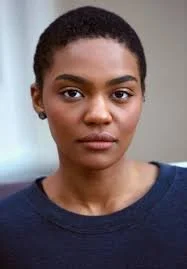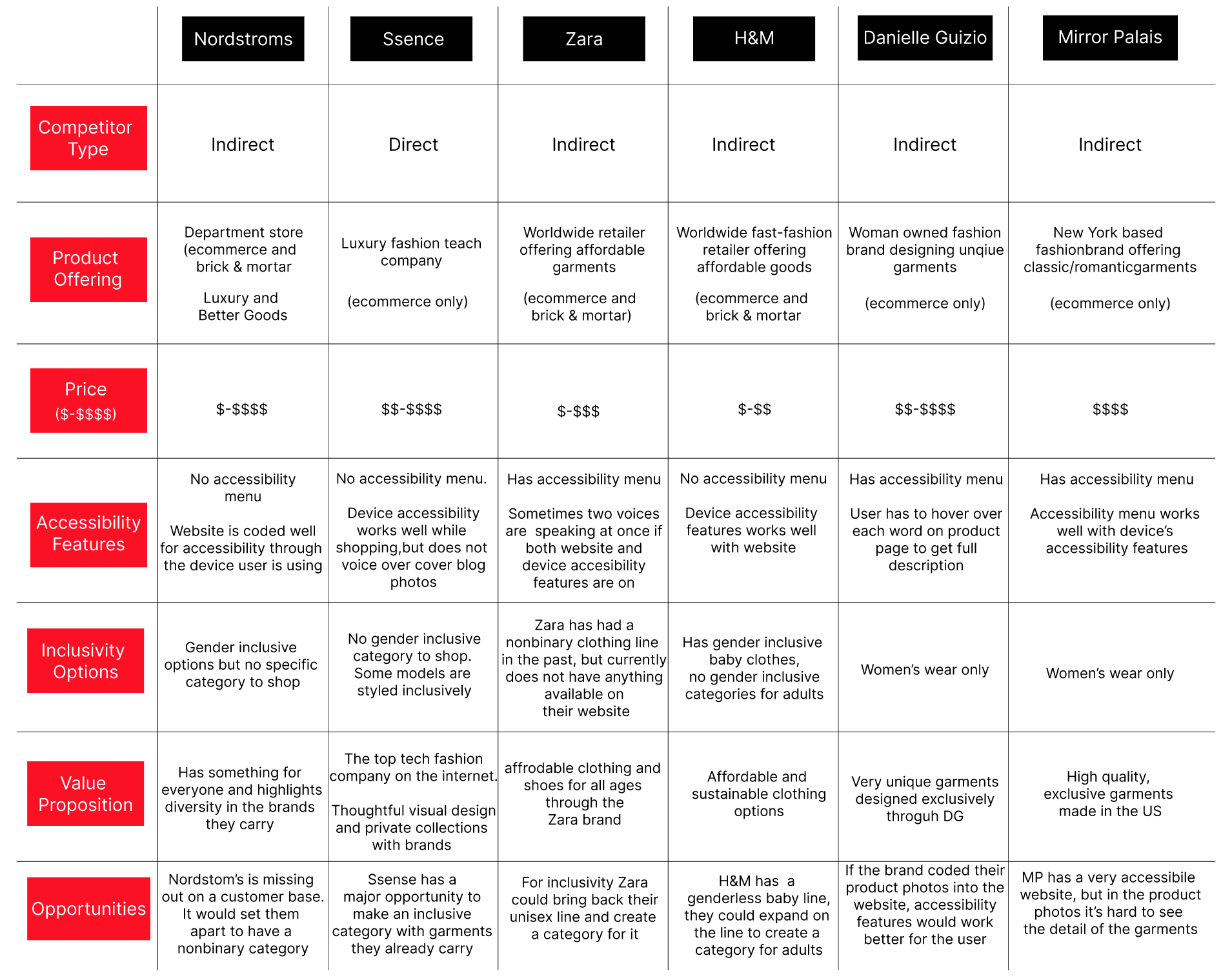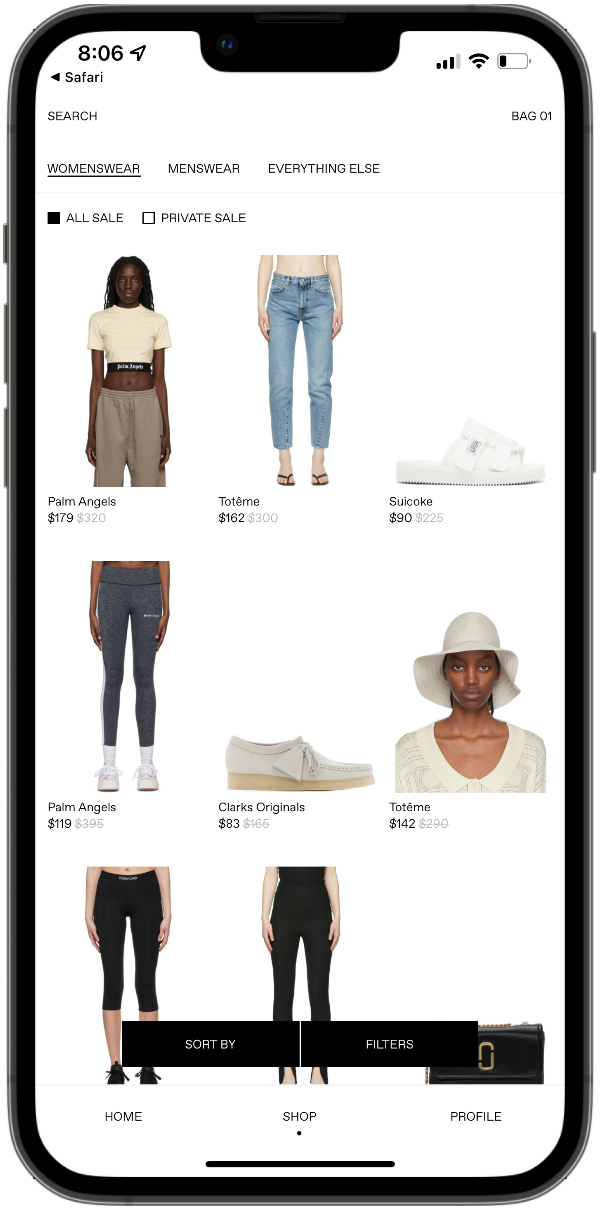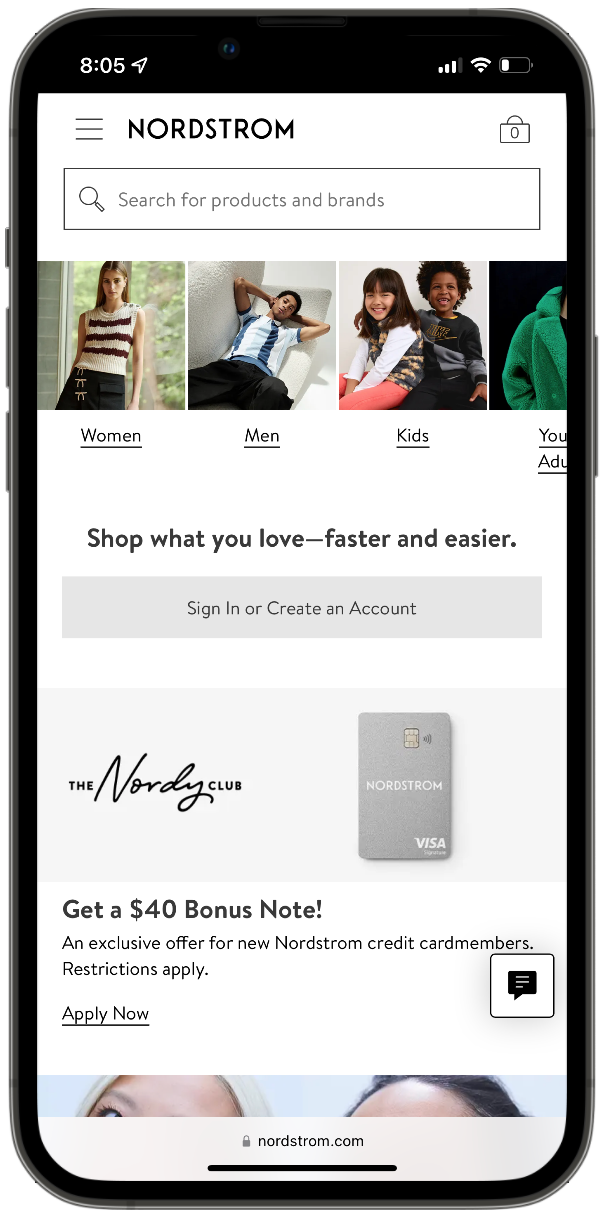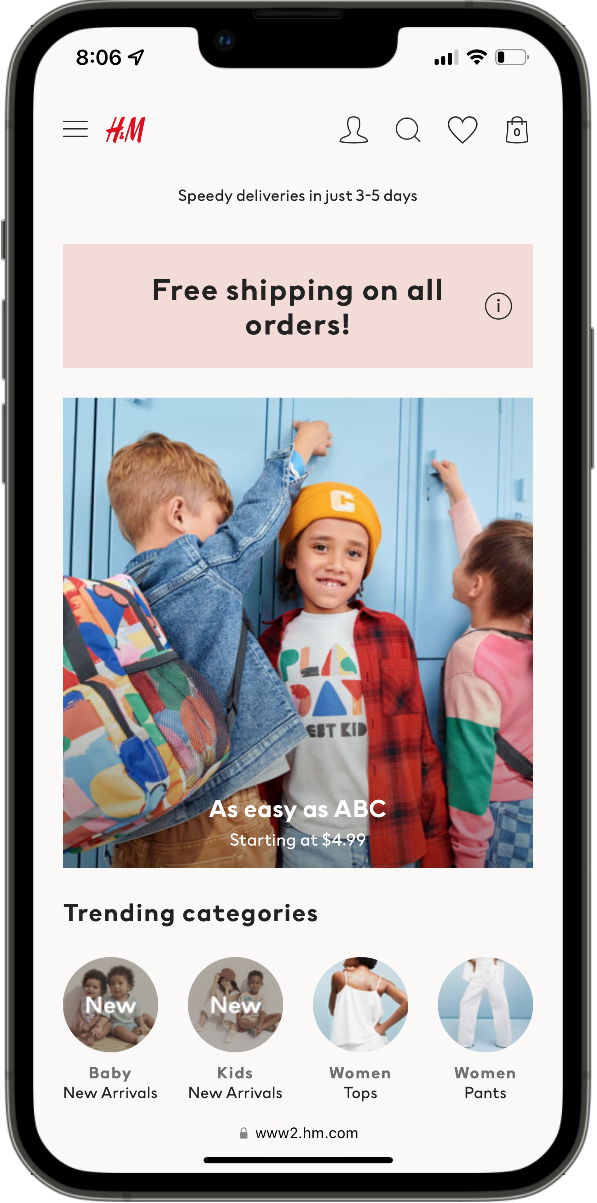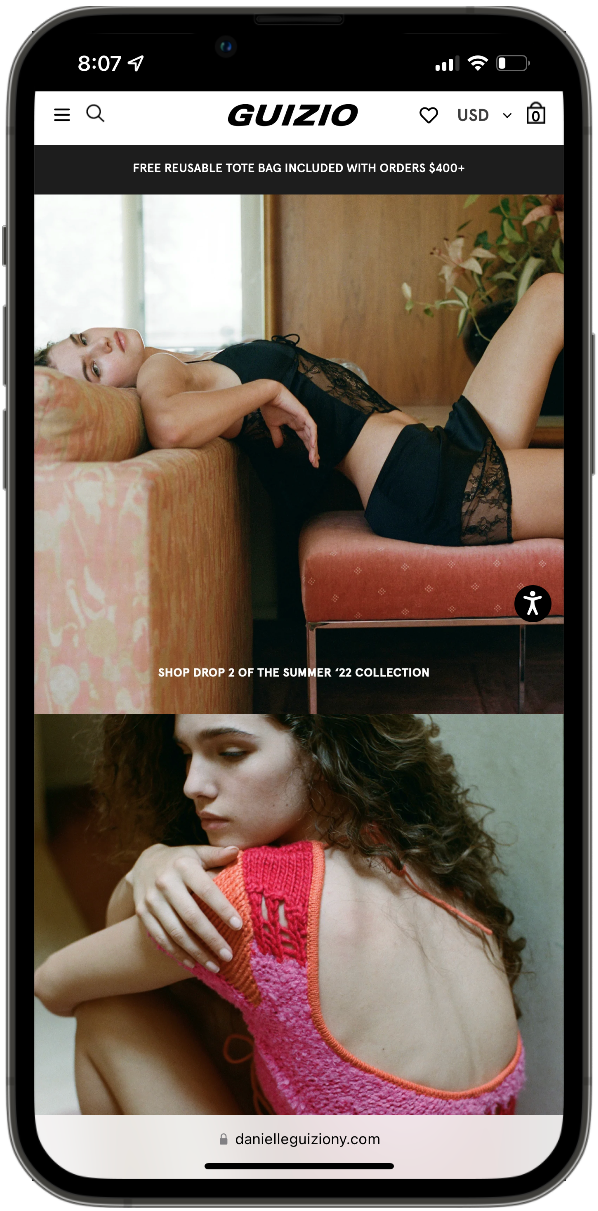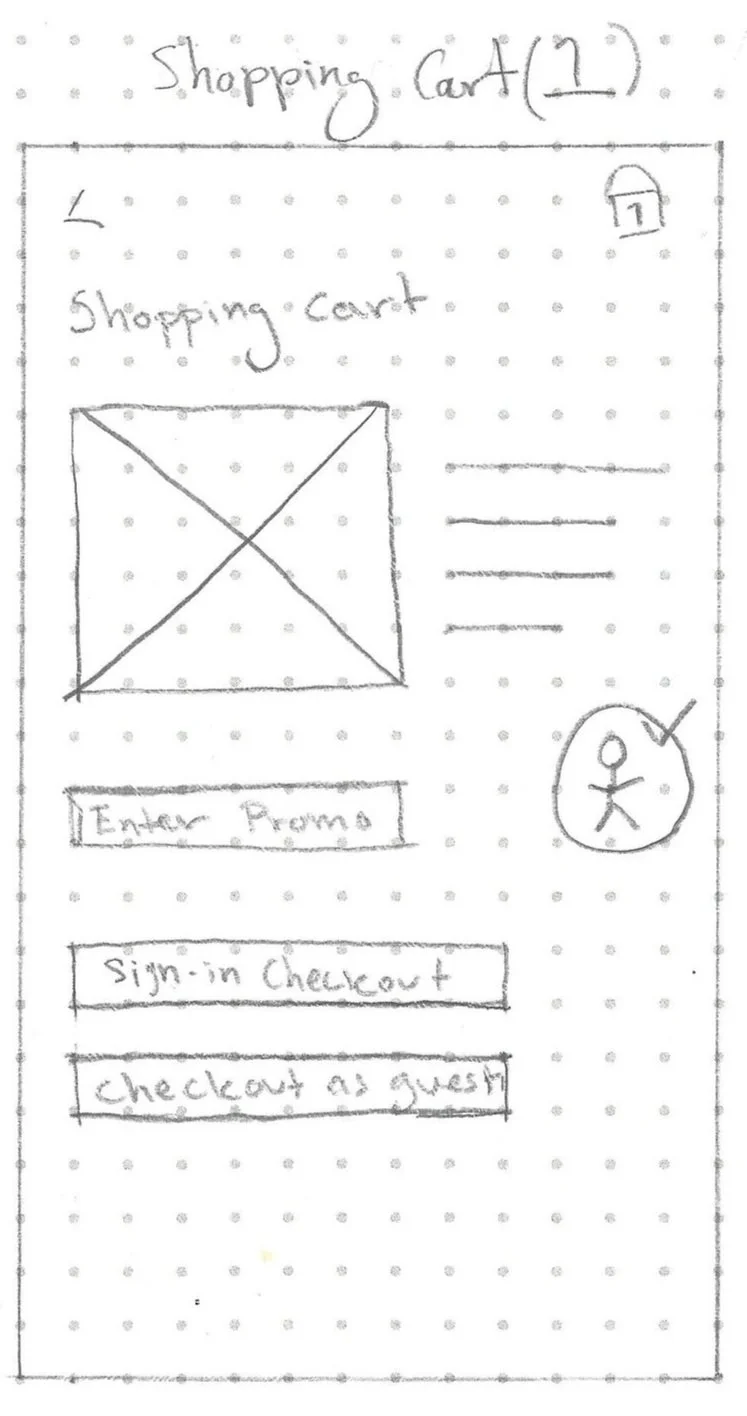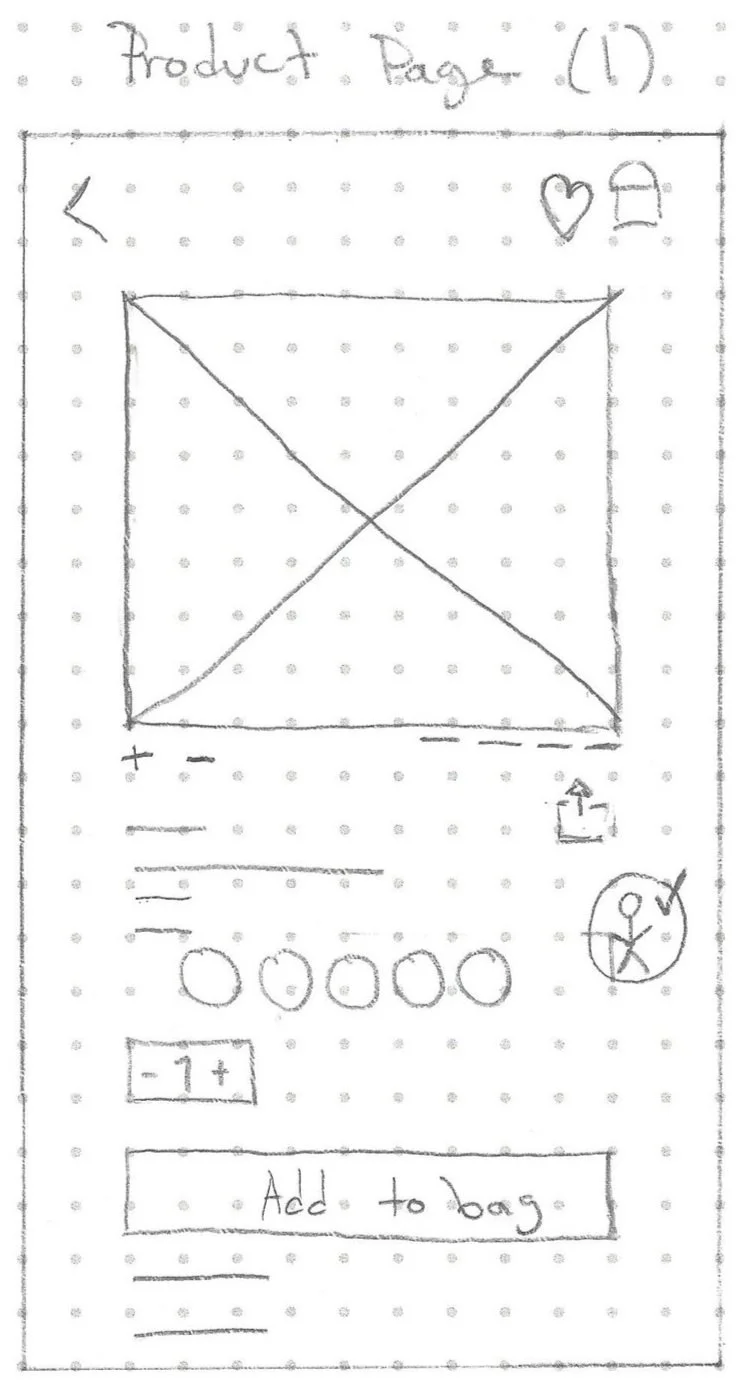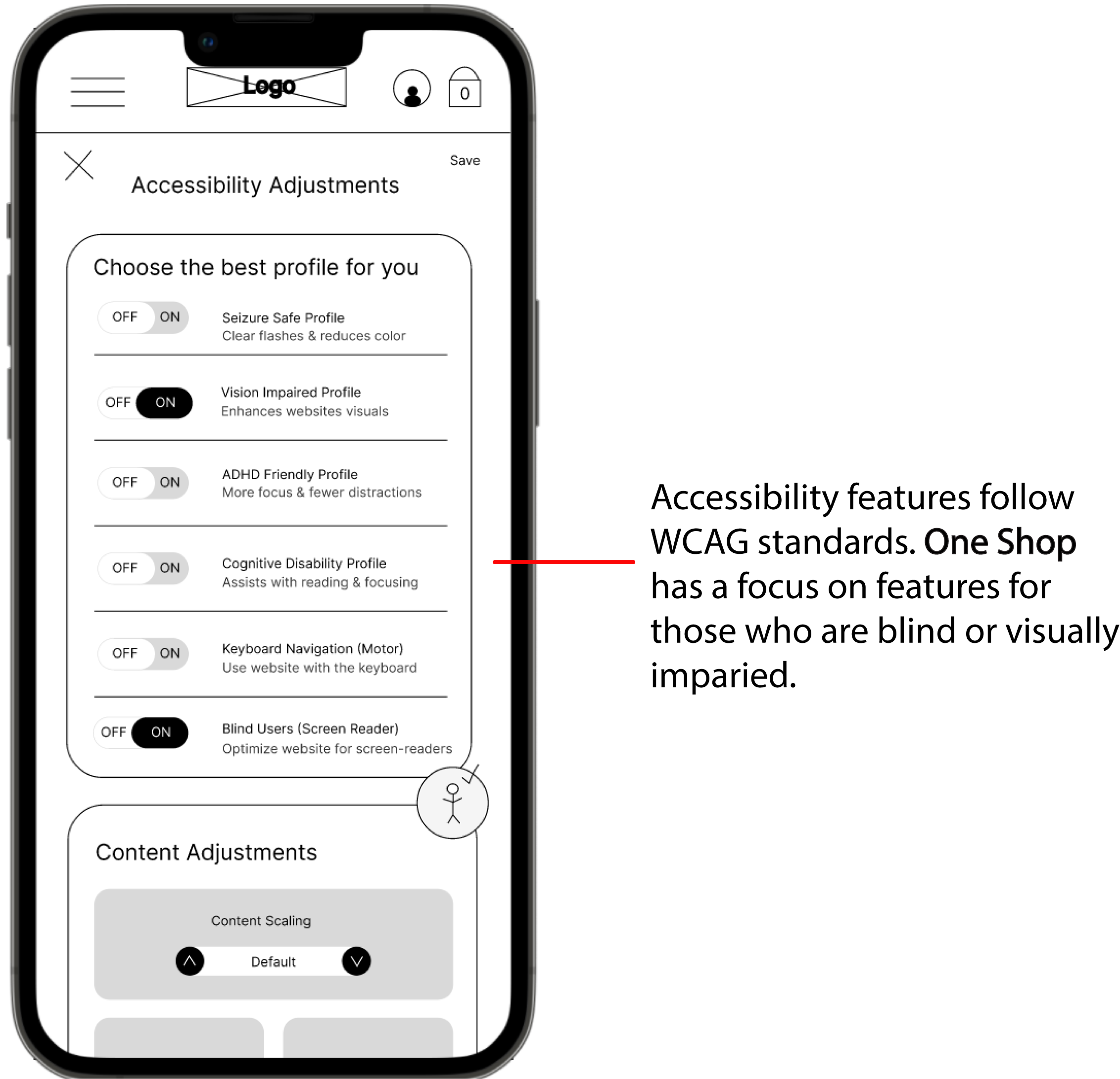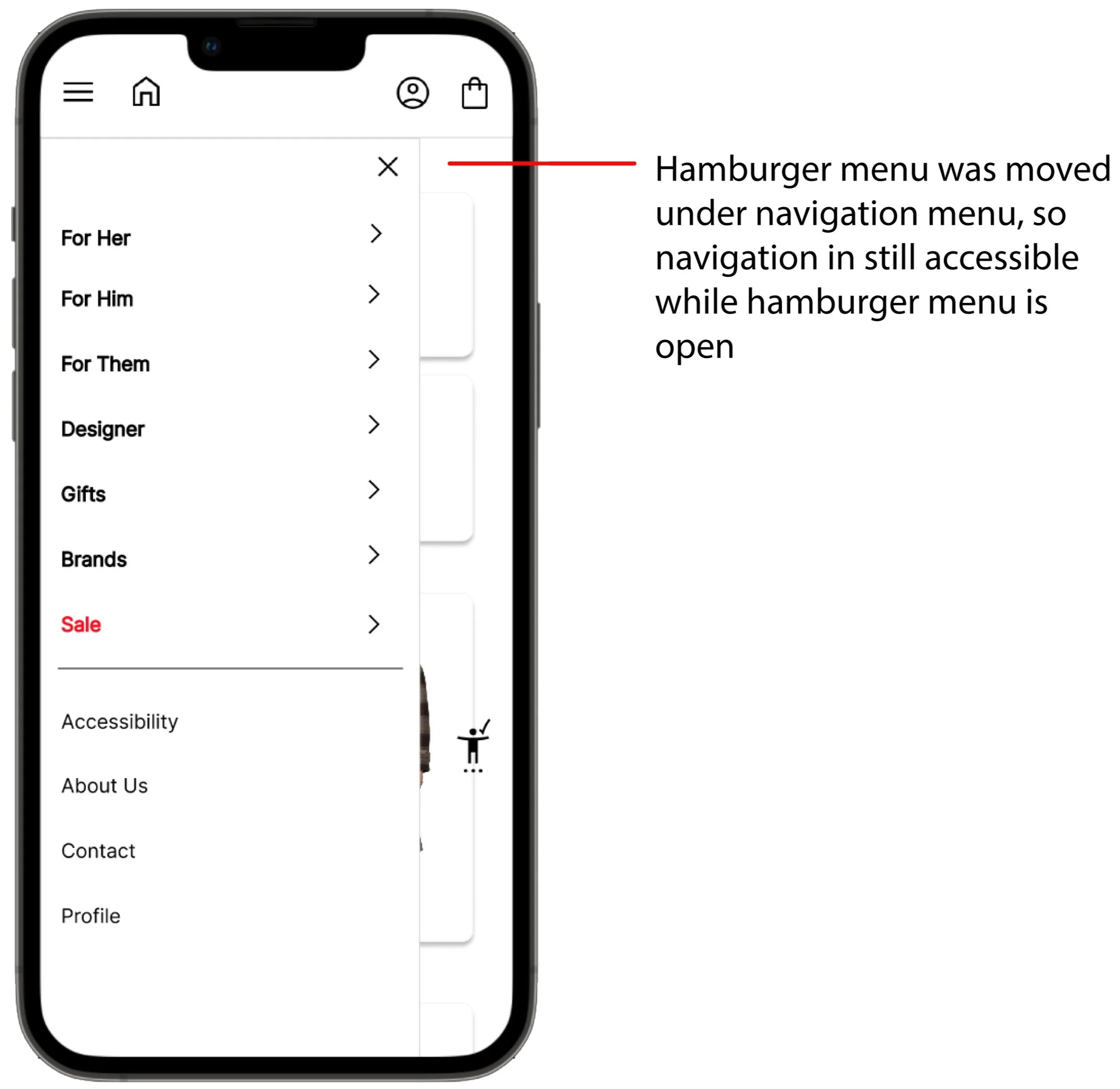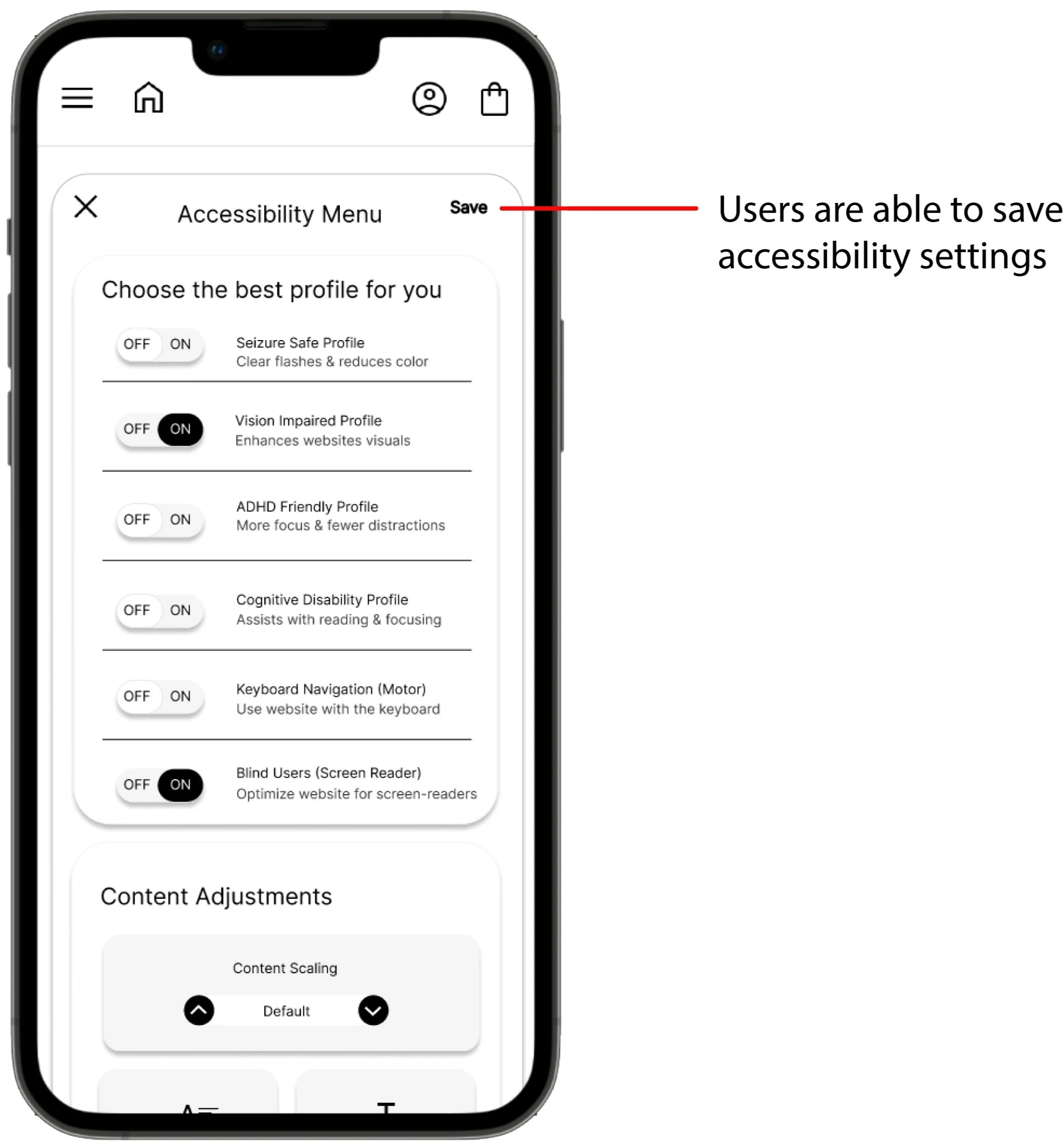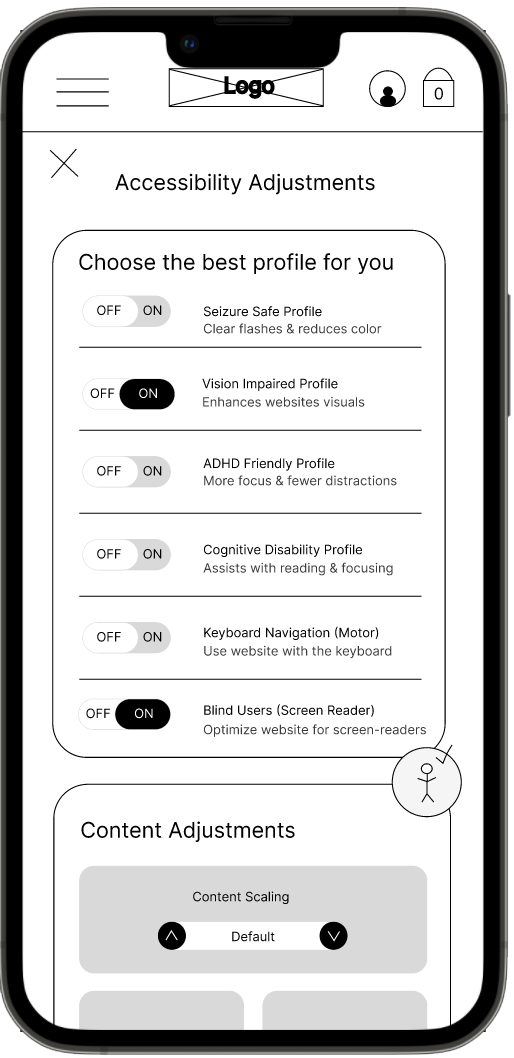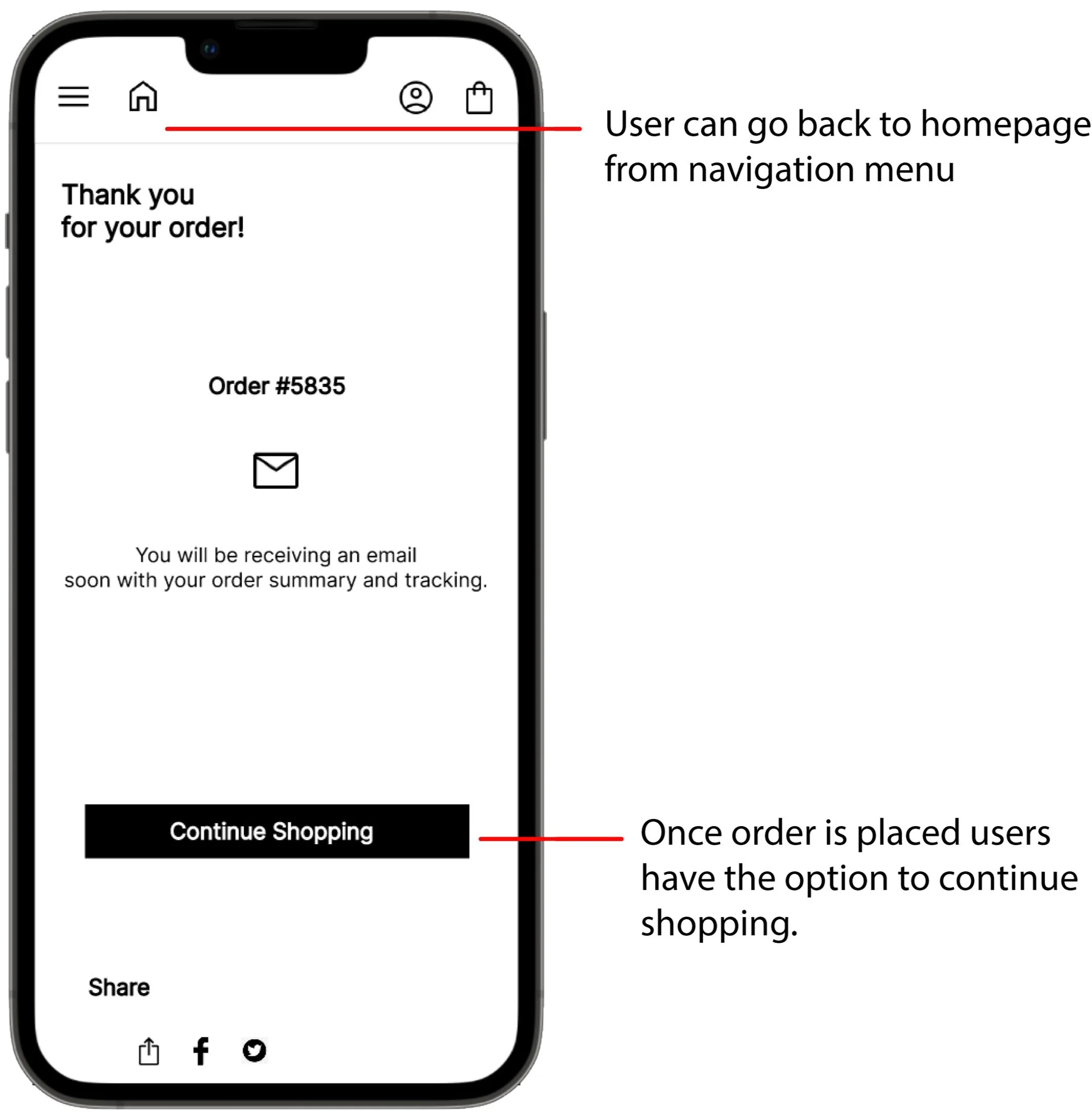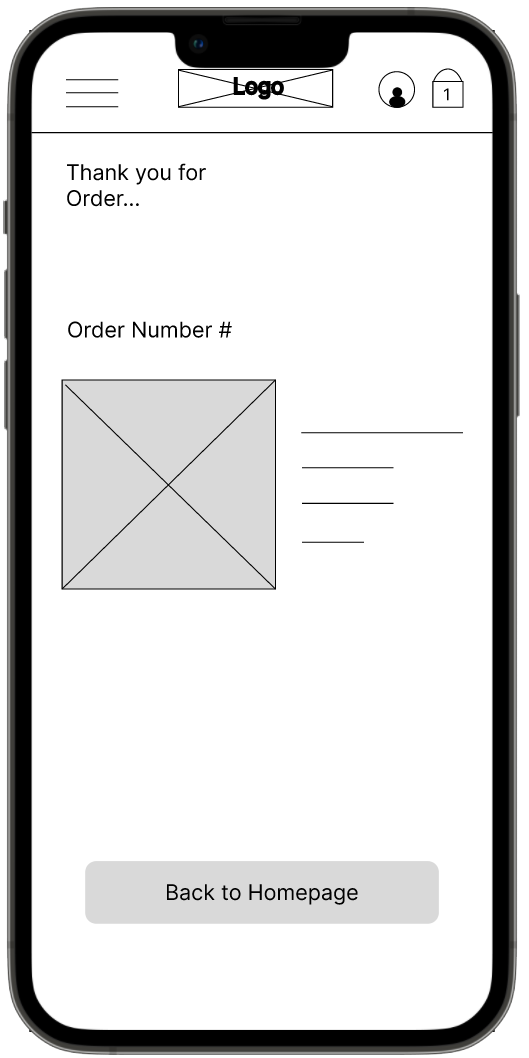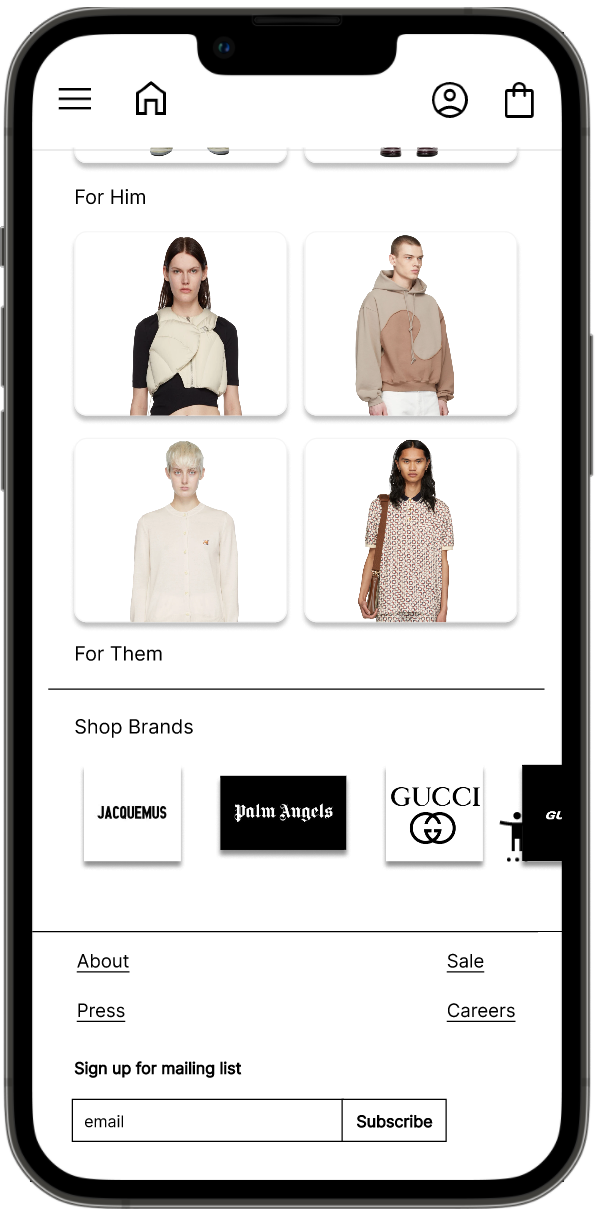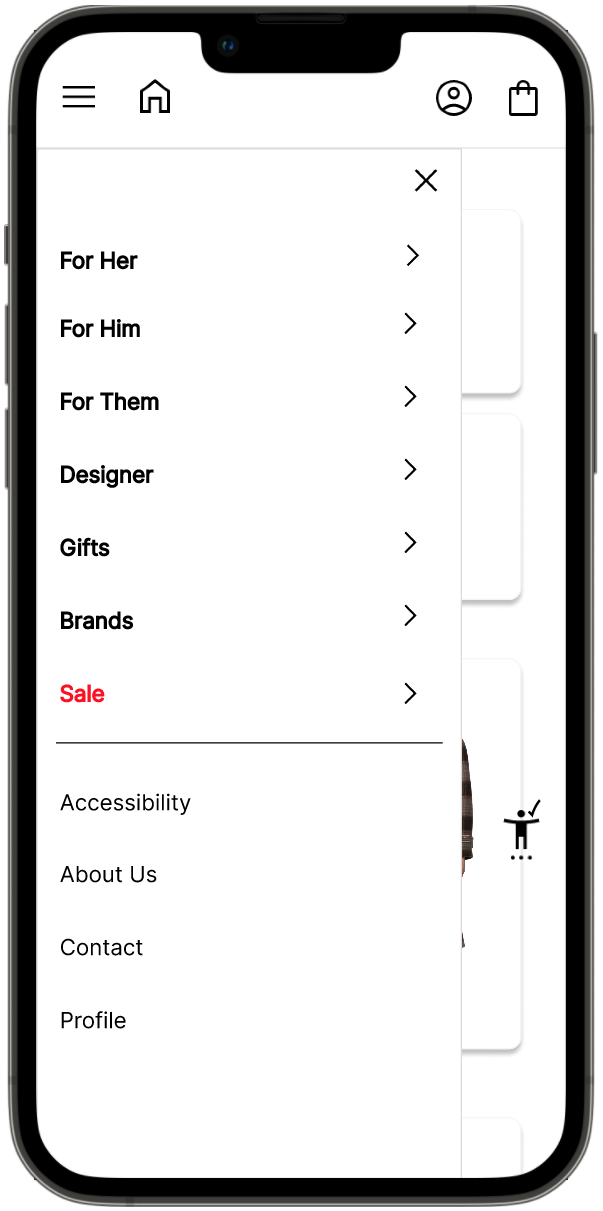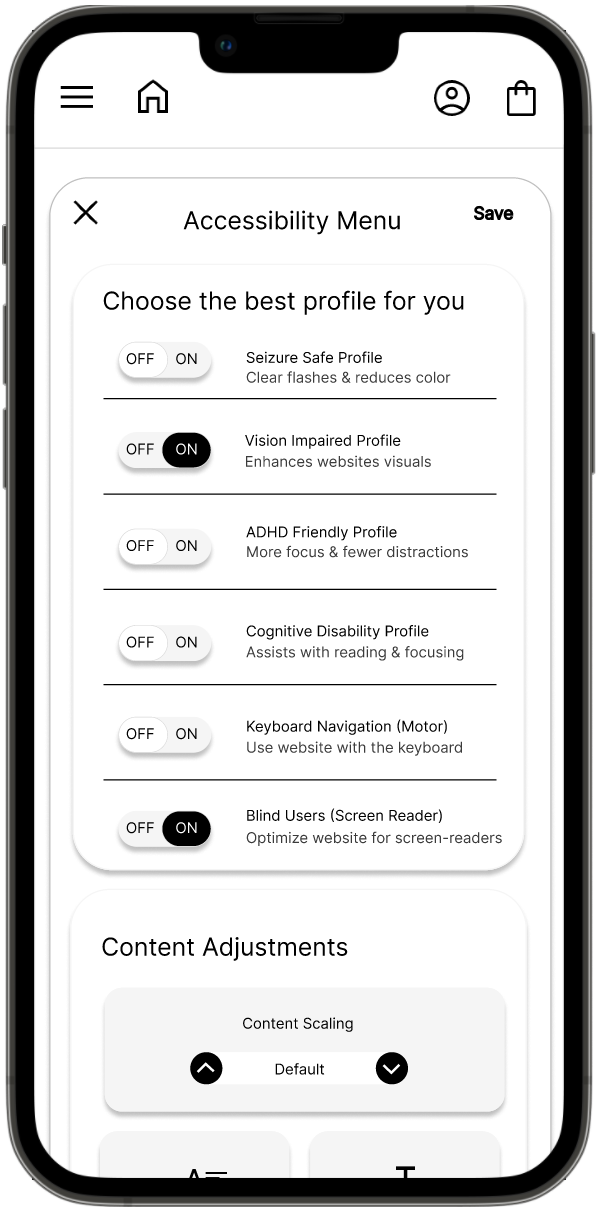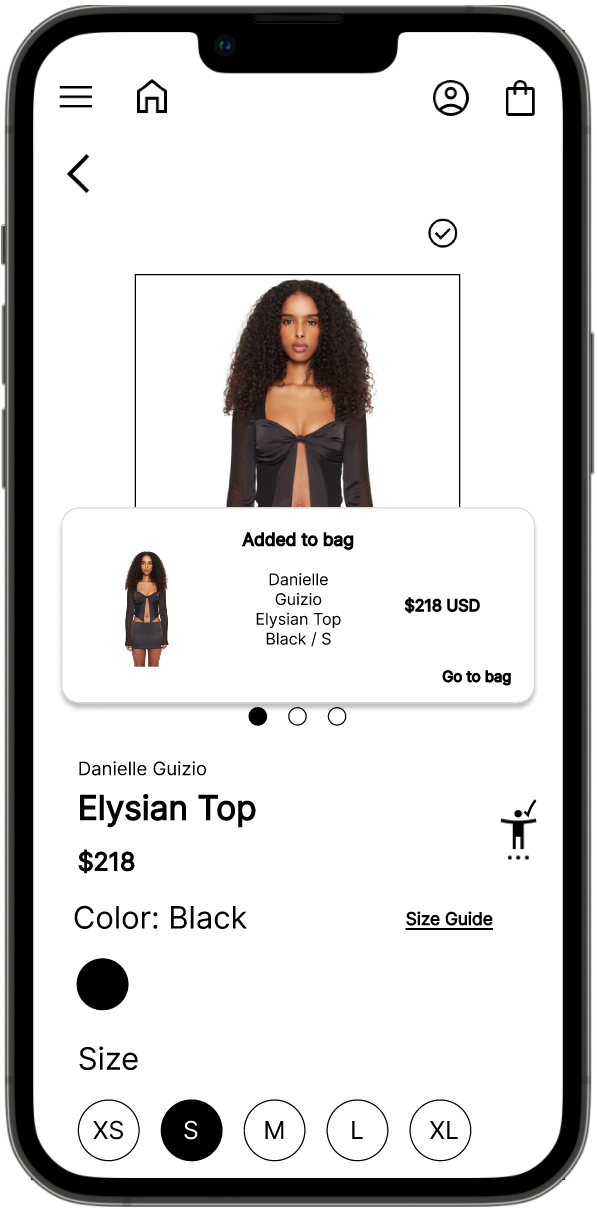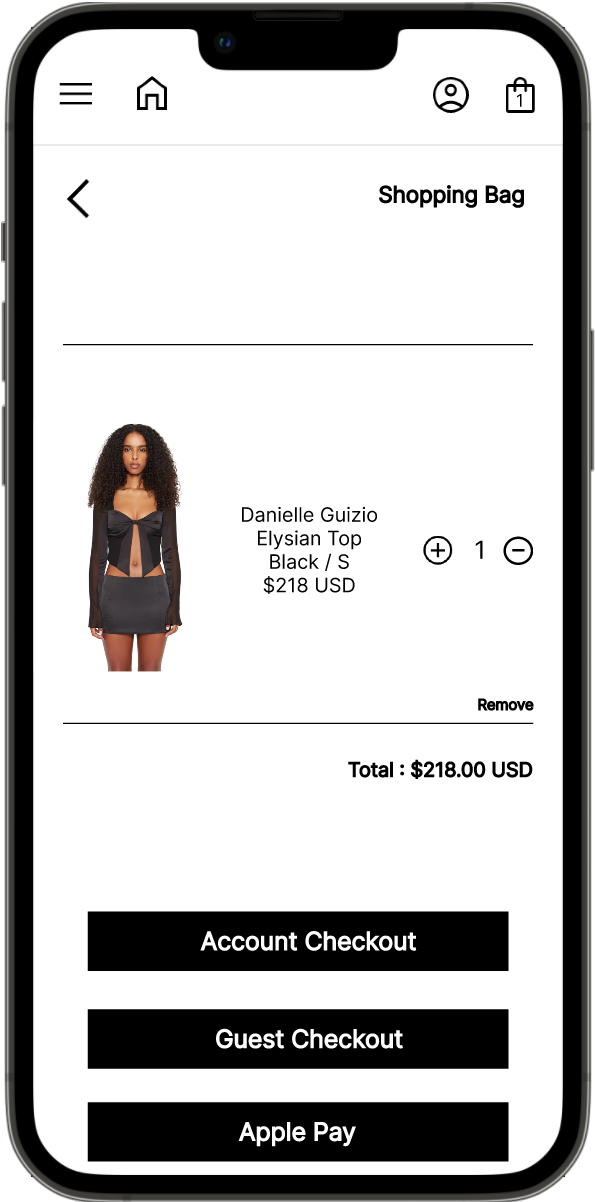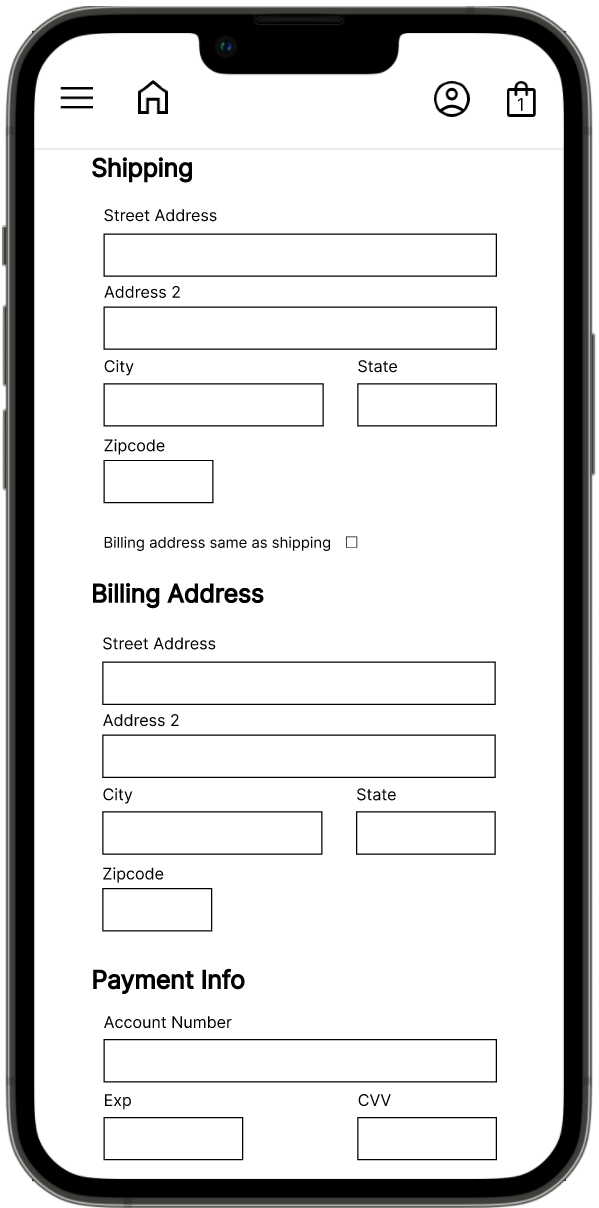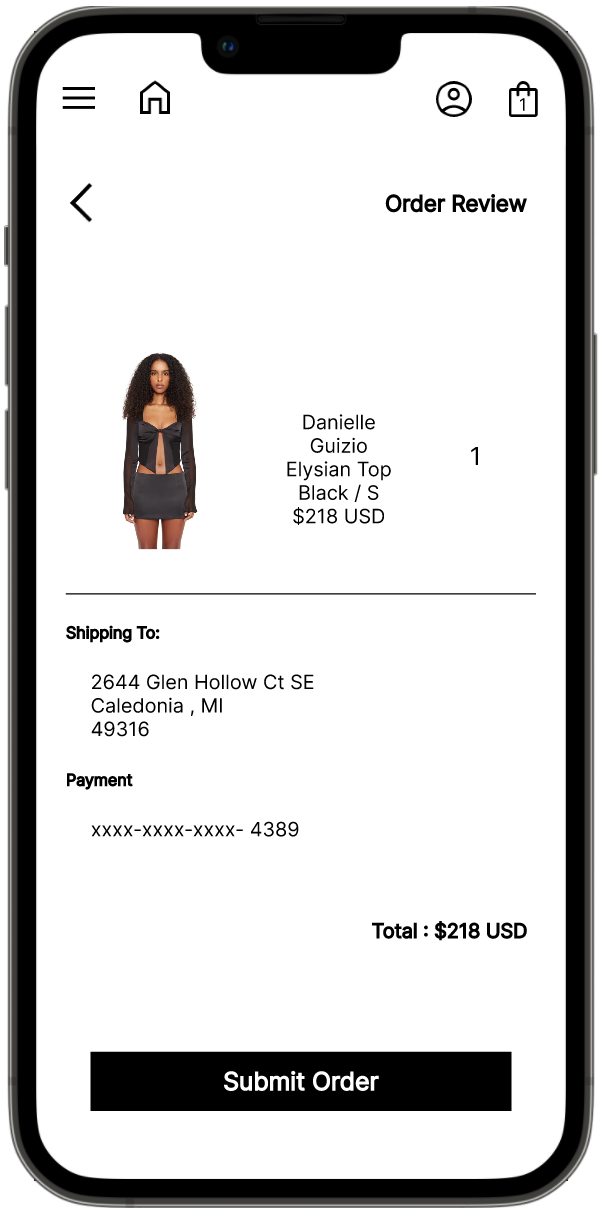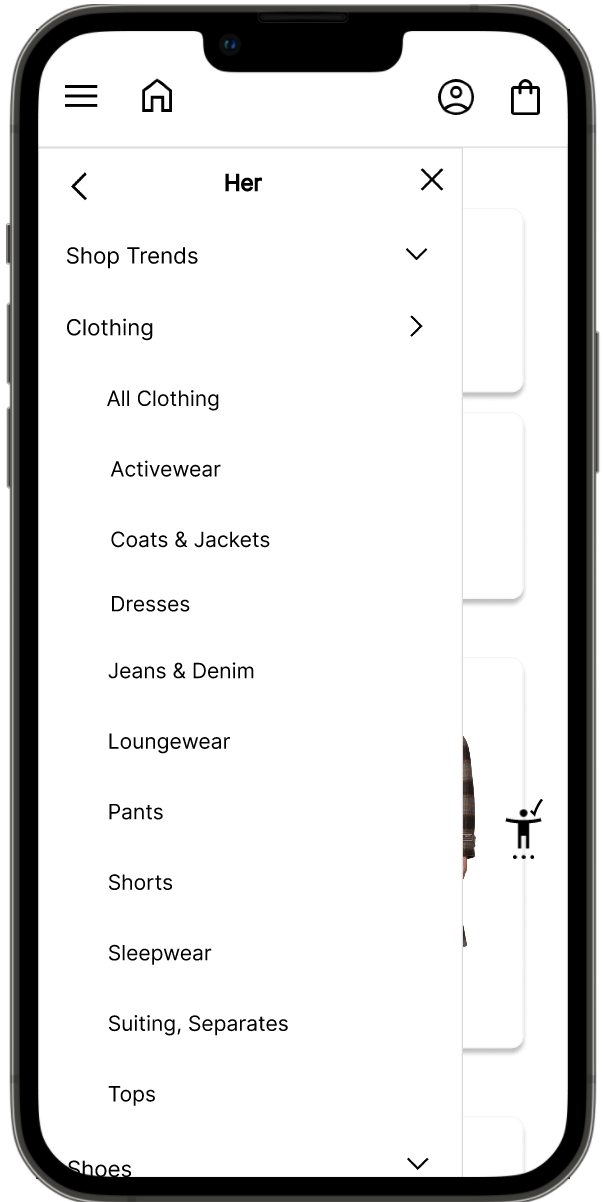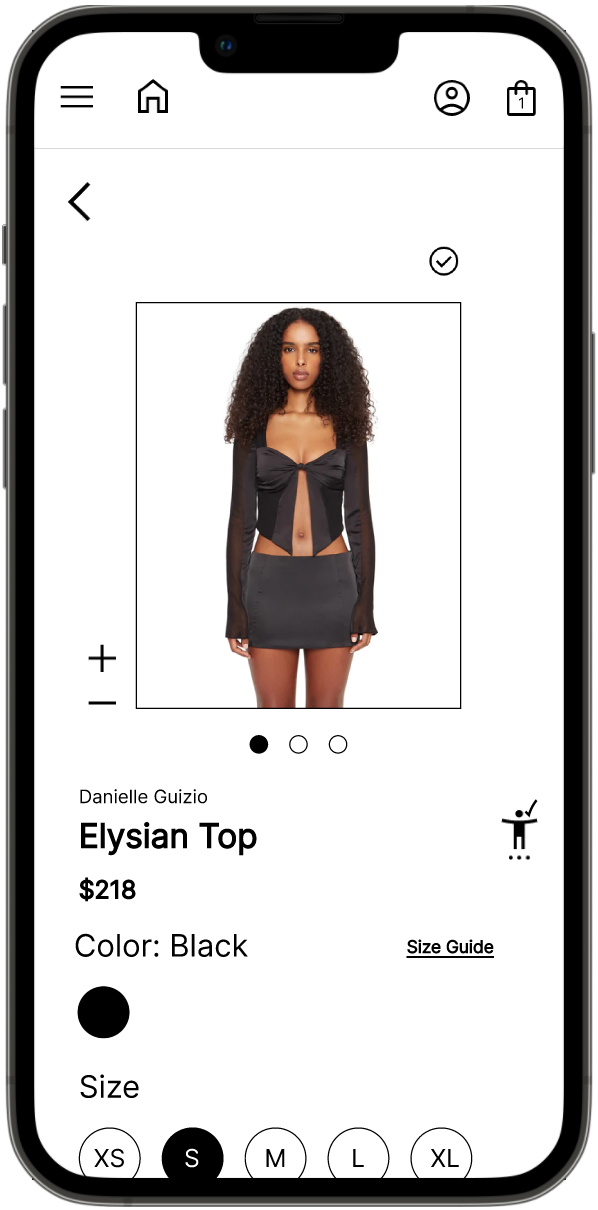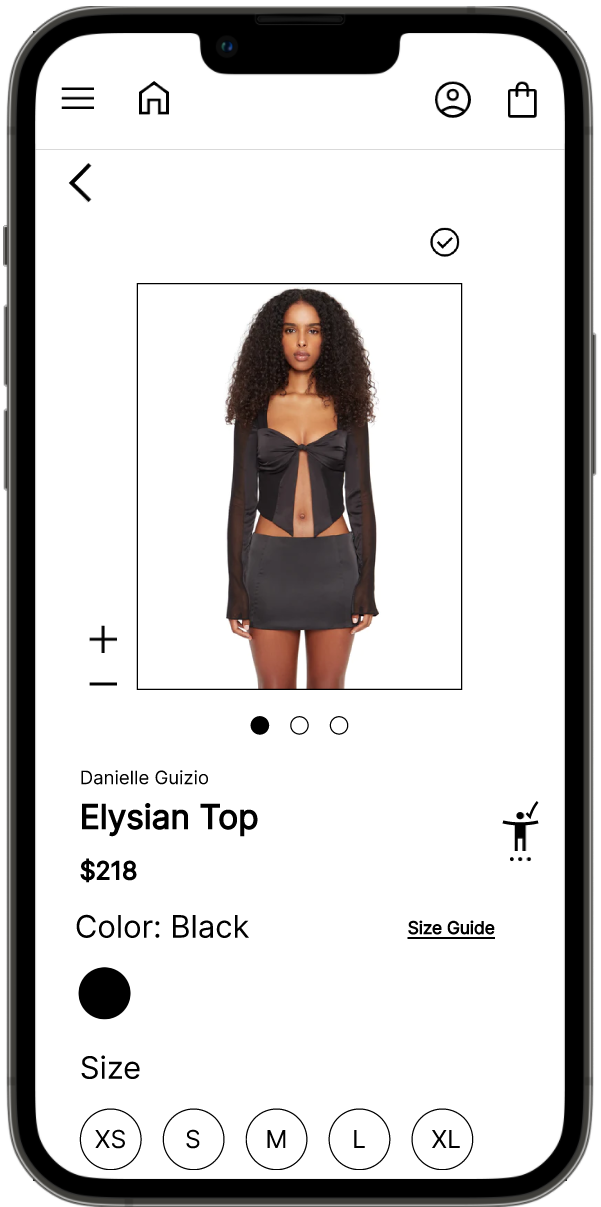Problem
Users from underrepresented groups are looking for shopping platforms where they feel valued for who they are.
Users who are blind or visually impaired are having a hard time finishing tasks on shopping platforms when accessibility features are not offered.
Solution
One Shop offers inclusive shopping for all! The shopping platform has categories for women and men, but also has a them section for those who do not identify with a specific gender. or who prefer not to dress for specific gender roles.
One Shop allows users to customize their accessibility menu, and access it from anywhere on the platform.
Sources:
Ssense
Nordstroms
Danielle Guizio NY
My Role:
White paper research
Personas
Competitive Analysis
Usability Study
Sketches
Digital Wireframes
Prototype
Personas
Rebecca Lincoln
Age: 23
Occupation: Barista
“I love my personal style, I just wish women like me had more places to shop and have a sense representation within the fashion industry.”
Background:
Rebecca is a Barista from Brooklyn, New York and she is currently in her junior year at NYU studying psychology. Rebecca identifies as a woman, but she enjoys dressing in unisex clothing. Rebecca has a hard time finding clothing she identifies with because there is a lack of representation for women like her in retail stores. Rebecca prefers to shop places that celebrate who she is and how she chooses to express herself.
Goals:
To shop places where she feel represented.
To stay true to herself through her personal style.
To encourage others to be true to themselves, even when the world does not make room for them.
Frustrations:
Does not feel represented while shopping at different retailers.
Feels looked over or unvalued.
Competitive Analysis
The competitive analysis consist of major retailers in the fashion business. Most of the retailers are indirect competitors, but it was important to understand these company’s value proposition and the individual opportunities they have within their products and brand.
The biggest takeaway from this competitive analysis is that popular retailers do not have categories for nonbinary individuals and many of their products lack in appropriate accessibility features.
Direct
Ssence
Indirect
Zara
Nordstrom
H&M
Guizio
Mirror Palais
Sketches
During the sketching process I wanted to insure that the users could move through each task it takes to complete an order, access the accessibility menu, and shop inclusively. I also decided to make the accessibility menu a constant on every screen.
Digital Wireframes
The digital wireframes demonstrate how users can access the accessibility menu, turn on the features for the blind or visually impaired, view the product page, and shop inclusivity.
Usability Testing
During the usability testing participants were given tasks to turn on accessibility features, view the product page, and return to the homepage after checking out.
2 out of 3 participants were confused with the accessibility features because they could not tell if the features saved or not.
3 out of 3 participants could not go to the homepage while hamburger menu was open and did not like that they were not given the choice to continue shopping after checking out.
3 out of 3 participants like the overall product and believe the accessibility and inclusiveness is a direction forward for e-commerce shopping.
Design Iterations
After the design iterations users are able to access the home icon while the hamburger menu is open, save settings in accessibility menu and continue shopping after completing checkout
Before
After
After
Before
After
Before
Next Steps
Conduct another usability on the high fidelity prototype to ensure the app navigates accordingly and users are able access all pages and features.
What makes a garment unisex?
Do research on the types of garments non-binary people, and people who dress in non-binary clothing prefer to wear. Research the best size guides for unisex garments. Research how having a unisex shopping category will impact the industry.

